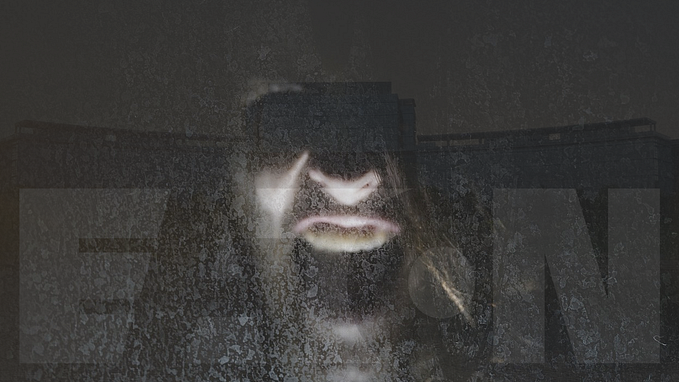Member-only story
Techniques for Managing Your Time and Cognitive Load as a Senior Leader
3. Say no
Most of the senior leaders in any sizable company jump around slots of 30 min to few-hour meetings on a good day. That can range from meeting with customers, team reviews, re-occurring tactical meetings, 1:1s, or tech architecture. In my experience, this gets increased and more split-focused the bigger the organization you manage or you are navigating in.
Some are able to do very different setups, most notably Tobi Lütke from Shopify, who did experiments on killing off “Shopify Recurring Meetings” which is interesting experiment and a very good overall article.
Here is a list of examples of things that worked for me and they might work for you:
1. Bundle it up
The constant context switch is part of the job for most leaders. If you manage to keep the type of activity similar for a longer period of time it will have less impact on your cognitive load and energy level. This is why focused coding or longer whiteboard session is not tiring. This is the template I use for trying to move my meetings around. , this is not always possible since for example customer meetings need time flexibility so do random fires. I might need to do early pickup at the school or dependency on peers in the company that won’t fit. That said lot of the meetings can transform to look like this.

The way I arrive at the template is:
- Look at the last few weeks of calendar data
- Consider the monthly/bi-weekly/weekly ones
- Reshuffle or put block times for larger project work
- Color code the slots by some criteria that makes sense in your case
- Bundle similar types of tasks one after another.
- Use the template as a baseline for shuffling things around.
Bundling similar type of tasks one after another helps with general cognitive load by reducing the context switch. 1:1 put on the same day makes the meetings with less mental load. While each 1:1 is…



